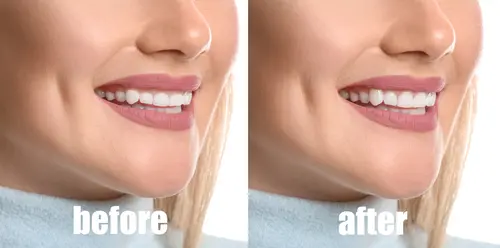Let’s dive into the world of dental contouring. It’s a simple, painless procedure that can dramatically improve your smile. From smoothing rough edges to creating perfect Waterford crowns, contouring holds great potential. It’s time to explore this procedure in depth.
The Basics of Dental Contouring
Dental contouring, also known as tooth reshaping, is a cosmetic dentistry technique. Dentists use it to subtly change the shape, length, or surface of your teeth. It’s a fast, non-invasive process. You can often see results in just one appointment.
How Does It Work?
Dentists use a special drill to gently polish and reshape the tooth. They focus on removing small amounts of enamel. This creates a smoother, more pleasing shape. The procedure is painless because enamel has no nerves or feeling. After contouring, your dentist may polish your teeth for a smooth finish.
Who Can Benefit?
If you have minor flaws in your teeth, contouring may be a good option. It’s ideal for fixing small chips, smoothing out bulges or pits in a tooth’s enamel, evening out length, or adjusting slightly irregular tooth shapes. However, it’s not a solution for more serious dental issues. For those, you may need procedures like crowns.
Pros and Cons of Dental Contouring
To better understand dental contouring, let’s consider its pros and cons:
| PROS | CONS |
| Painless procedure | Limited to minor dental corrections |
| Immediate results | Removed enamel cannot be replaced |
| No need for anesthesia | Not suitable for severe dental issues |
Dental contouring can be a powerful tool for simple smile enhancement. However, it has its limitations. Always consult with a trusted dentist before opting for any dental procedure.
Wrapping Up
In conclusion, dental contouring is a quick, painless way to improve your smile. It’s perfect for making small changes to your teeth. For more substantial changes, procedures like crowns may be necessary. Always remember, your smile deserves expert care.


Comments are closed.